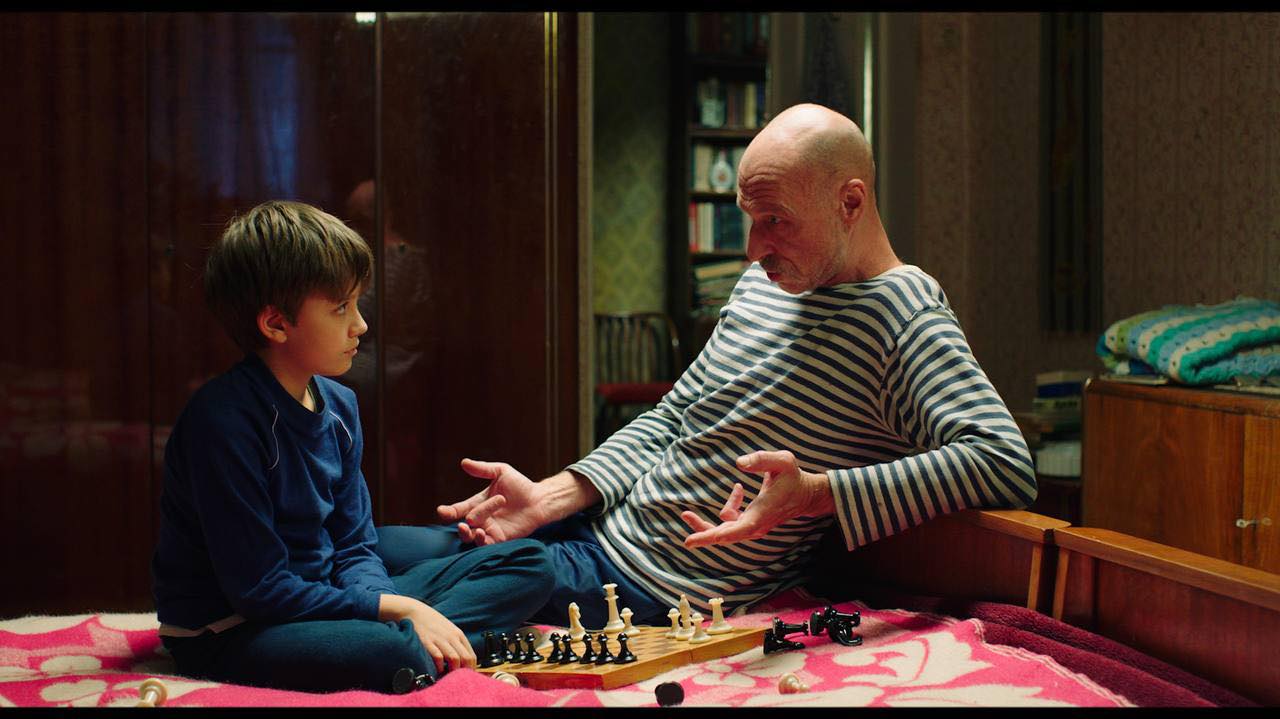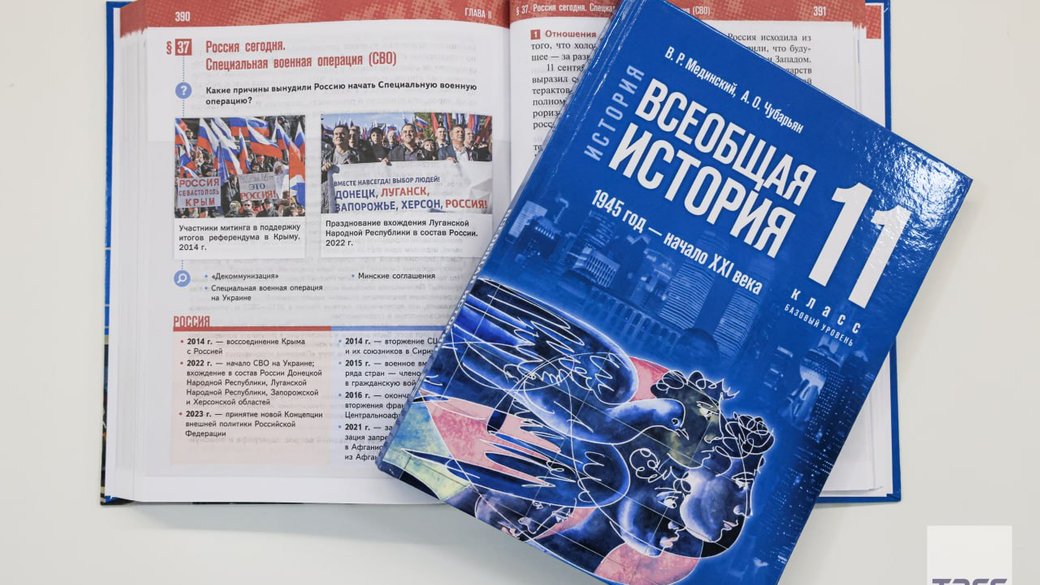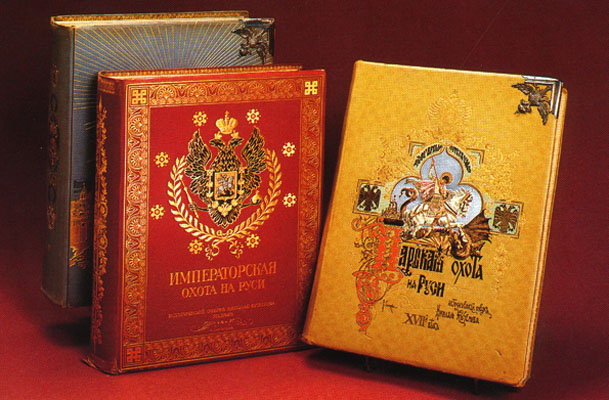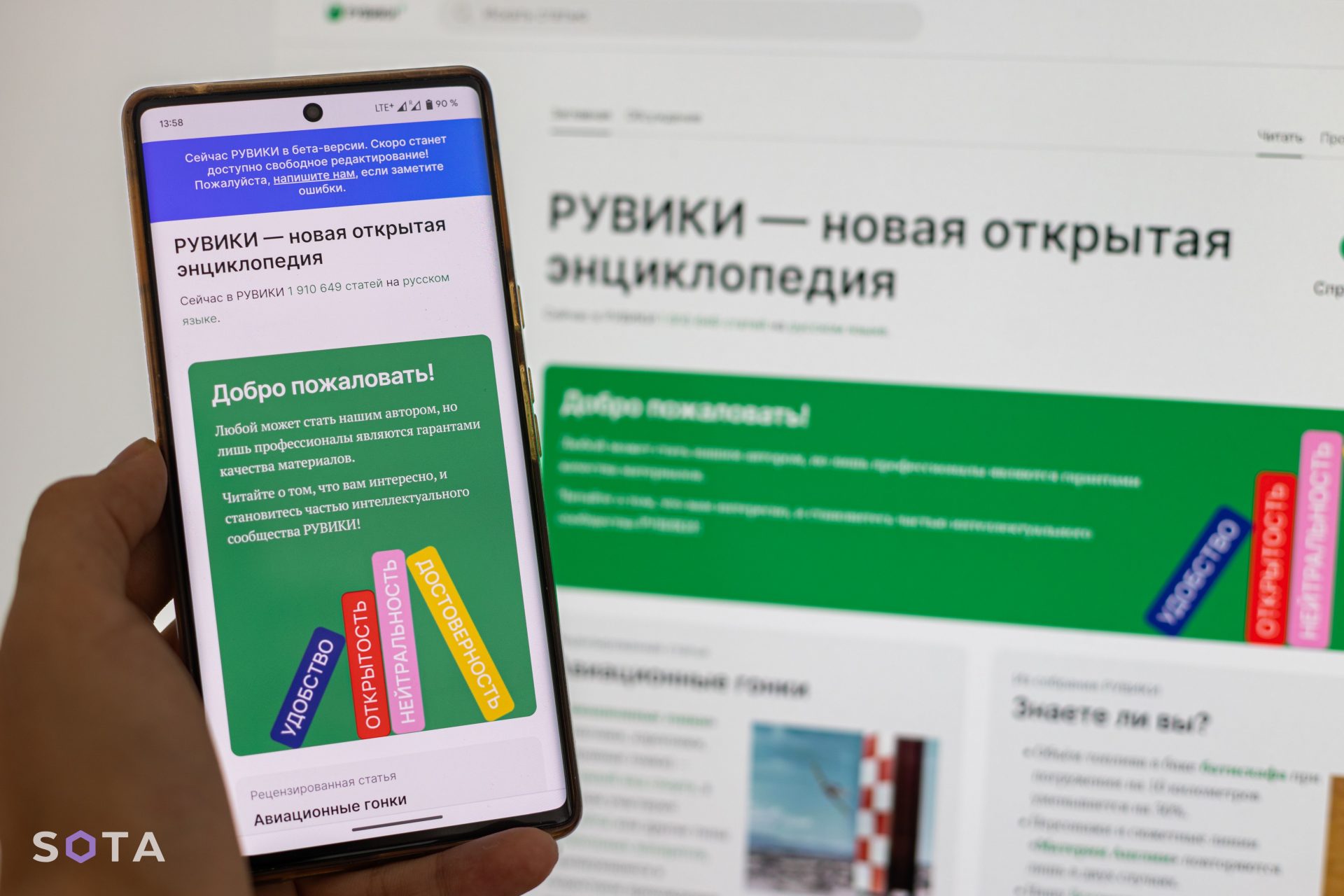* ESC - close the search window
russian propaganda
Silencing history and Russian propaganda: Seizure of Holodomor and UPA Literature, Rise of Z-Comics distribution
13.05.2024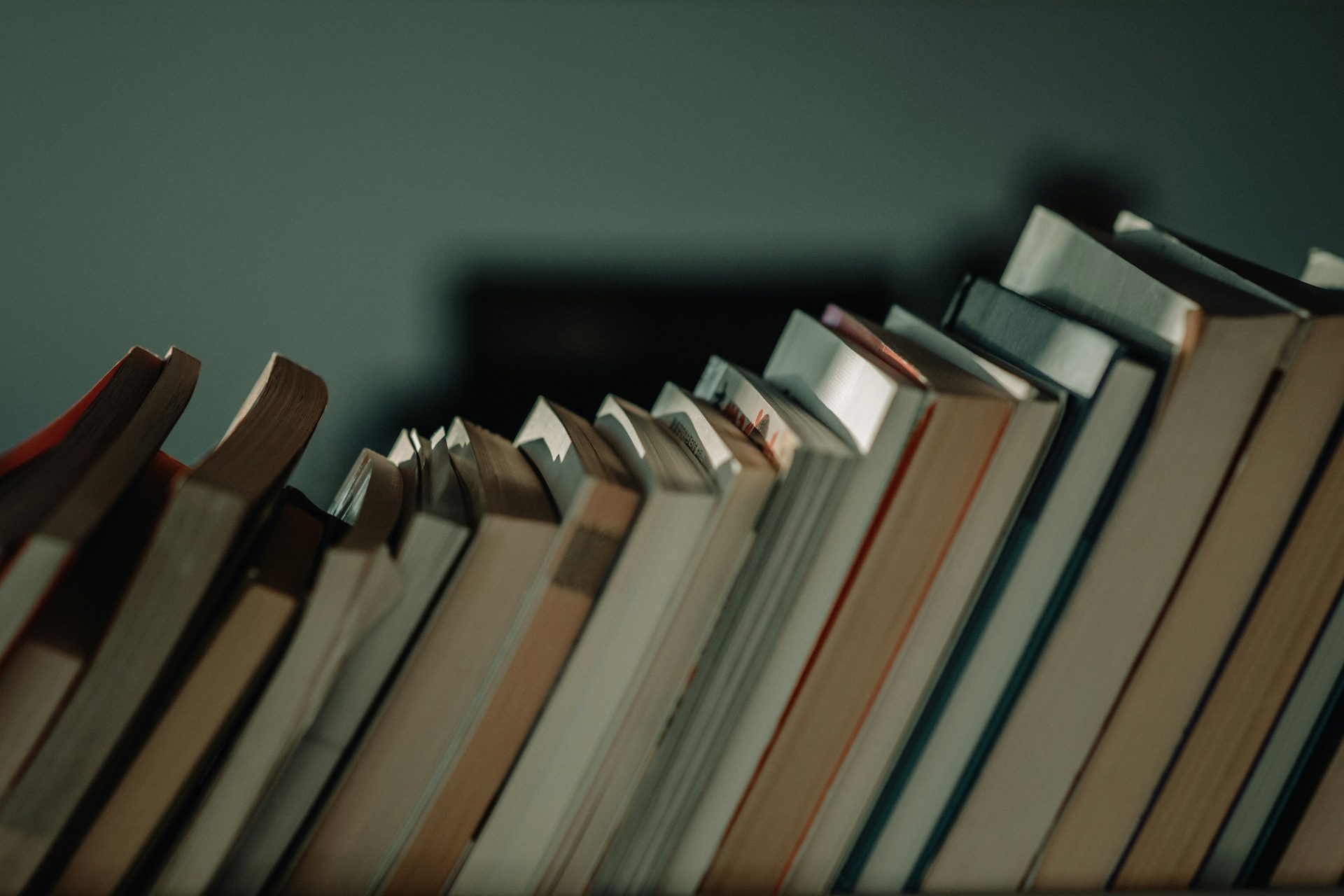
In the temporarily occupied Crimea, Russian authorities are conducting a systematic purge of libraries, targeting books that delve into the sensitive topics of the Holodomor and the activities of the Ukrainian Insurgent Army (UPA). These actions coincide with Z-Comics’ distribution, effectively reshaping the narrative landscape. The Center of National Resistance has brought attention to these concerning developments.
Sofia Rybak, reportedly a leading figure at the so-called Crimean Republican Universal Scientific Library named after Ivan Franko, is said to have issued directives for these purges. Her orders include the removal of any literature referencing the Holodomor, the Ukrainian liberation movement and the involvement of Crimean Tatars in the region’s history.
Additionally, Rybak has highlighted a list of “Nazi organizations and symbols,” categorizing elements like the trident emblem, once a symbol of national pride, as taboo.
The enforcement of these directives carries threats of reprisals against libraries that fail to comply. Simultaneously, in occupied territories and within Russia, a narrative tailored to glorify the aggressor’s perspective is being disseminated through Z-Comics. Crafted by Oleg Roy, a pro-Putin writer, and illustrated by students of Synergy University, these 22 “graphic novels” depict a distorted version of historical events, portraying Ukrainian nationalists as villains and Russian forces as heroes.
Among the characters introduced in these comics is Colonel Azatbek Omurbekov, whose alleged involvement in the Bucha massacre underscores the contentious nature of these narratives. The distribution of these comics extends beyond Moscow and the occupied Luhansk region, reaching various areas within Russia. Plans are underway to distribute them in schools nationwide.
Recent reports indicate the introduction of new “methodologies” by Russian occupiers in schools across the Zaporizhzhia region. These materials emphasize compliance with the occupation authorities and discourage resistance, ostensibly to combat extremism. Additionally, there are disturbing admissions of racism and the labeling of specific surnames as “despicable.”
This concerted effort to shape narratives extends to propaganda guidelines issued by the Russian Ministry of Education, which glorify Russian soldiers involved in the conflict with Ukraine. Propaganda manuals promoting the illegal occupation of Crimea and advocating for “patriotic education” in Sevastopol schools further illustrate the extent of these information warfare tactics.
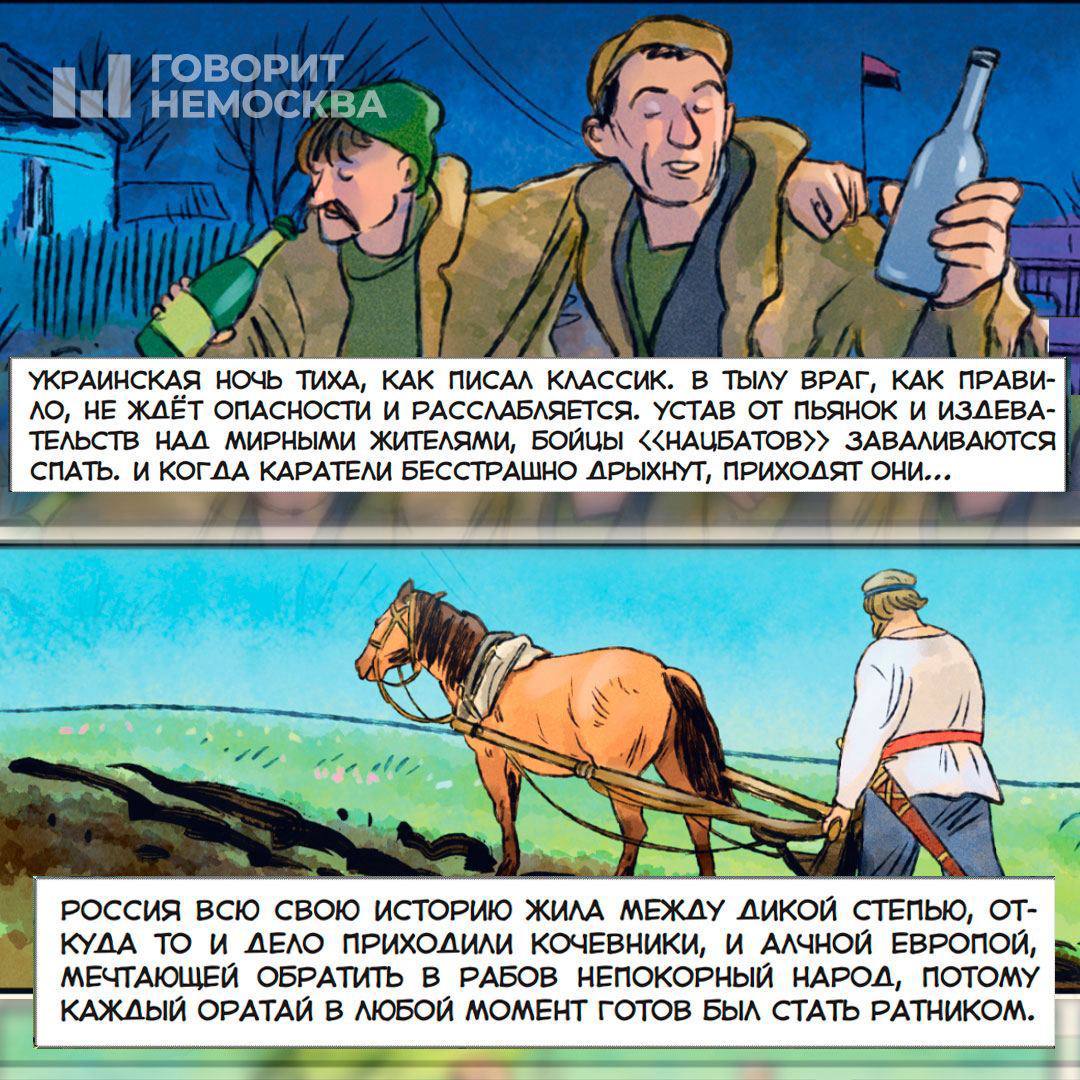
“UKRAINIAN NIGHT IS AS QUIET AS THE CLASSIC WRITER DESCRIBED. IN THE ENEMY’S REAR, AS USUAL, THERE IS NO EXPECTATION OF DANGER, AND COMPLACENCY SETS IN. WEARY FROM DRINKING AND MOCKING PEACEFUL RESIDENTS, THE SOLDIERS OF THE “NATIONAL BATTALIONS” BEGIN TO DOZE OFF. JUST WHEN THE ENFORCERS ARE FEARLESSLY ASLEEP, THEY ARRIVE…”
“THROUGHOUT ITS HISTORY, RUSSIA HAS EXISTED AMIDST THE VAST STEPPE, FROM WHERE NOMADS WOULD OCCASIONALLY ARRIVE, AND THE COVETOUS EUROPE, ASPIRING TO ENSLAVE A DEFIANT PEOPLE. THEREFORE, EVERY WARRIOR WAS ALWAYS READY TO BECOME A FIGHTER AT ANY MOMENT.”
Translation: Ilona Babkina
Copy editing: Hannah Varacalli, Terra Friedman King
This publication is sponsored by the Chytomo’s Patreon community
